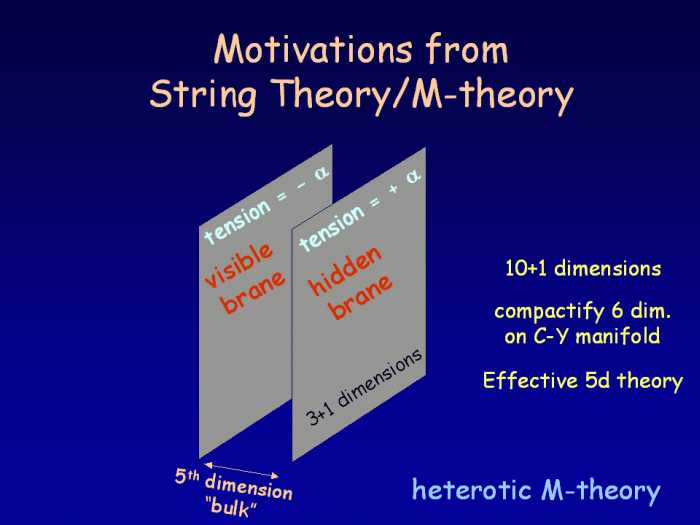-
 Breast cancer
Breast cancer
-
 Gamete
Gamete
-
 Recombinant DNA
Recombinant DNA
-
 Large Canary Island Telescope
Large Canary Island Telescope
-
 Gamma glutamyltransferases
Gamma glutamyltransferases
-
 Solar sail
Solar sail
-
 Magnetisation
Magnetisation
-
 Myoglobin
Myoglobin
-
 Conjugation
Conjugation
-
 Digital signature
Digital signature
-
 Decarbonation
Decarbonation
-
 Upwelling
Upwelling
-
 Passive continental margin
Passive continental margin
-
 Bacillus thuringiensis
Bacillus thuringiensis
-
 Induration
Induration
-
 Interneurone
Interneurone
-
 Biokinetics
Biokinetics
-
 Imago
Imago
-
 Basis weight or grammage
Basis weight or grammage
-
 Principle of complementarity
Principle of complementarity
-
 Ecomobility
Ecomobility
-
 NIAID
NIAID
-
 Legionella
Legionella
-
 Storable propellant stage.
Storable propellant stage.
-
 Degeneracy pressure
Degeneracy pressure
-
 M110
M110
-
 Core 2 Duo
Core 2 Duo
-
 Momentum
Momentum
-
 Energy requirements
Energy requirements
-
 Residual deposit
Residual deposit
Ekpyrotic cosmology
The Ekpyrotic model is a cosmological model introduced in 2001 by Paul Steinhardt, Burt Ovrut, Justin Khoury and Neil Turok who were searching for a cosmological model beyond the Big Bang theory using M theory. They realised that their model was an alternative to the inflation theory introduced by Alan Guth and Andrei Linde in the early 1980s (the names Englert, Brout, Gunzig and Starobinski can also be added to the list as precursors).
In a universe with additional dimensions, as required by string theory of which M theory is an extension, it is natural to fall upon the image of two universes in the form of a membrane with three spatial dimensions, and therefore having flat geometry, floating in a multiverse, probably of infinite dimensions with at least 4 macroscopic spatial dimensions. The Big Bang would simply be the result of a collision of these two universe-membranes, with ourselves inhabiting one of them. The very nature of M theory would imply a flat geometry for the universe.
In Greek, the term for conflagration is ekpyrosis and in Stoic philosophy the universe started with a conflagration like a fire being lit, hence the name given by the originators of this theory. After the collision, the kinetic energy of the two universes, initially empty and cold, is converted partly into a plasma of particles, the plasma of the Big Bang, and partly into an expansion of the space of each universe. This is therefore a return to the standard model.
 The Ekpyrotic cosmological model was originally based on the Horava-Witten theory in the framework of the M theory. Credit: Paul Steinhardt
The Ekpyrotic cosmological model was originally based on the Horava-Witten theory in the framework of the M theory. Credit: Paul Steinhardt
Latest
Fill out my online form.



